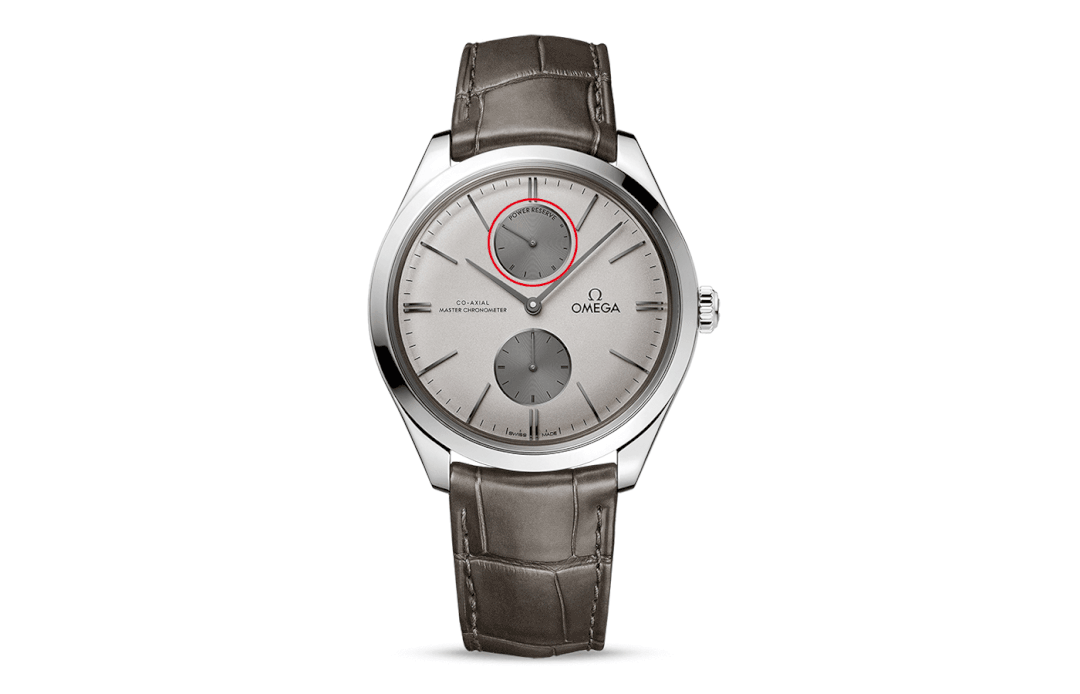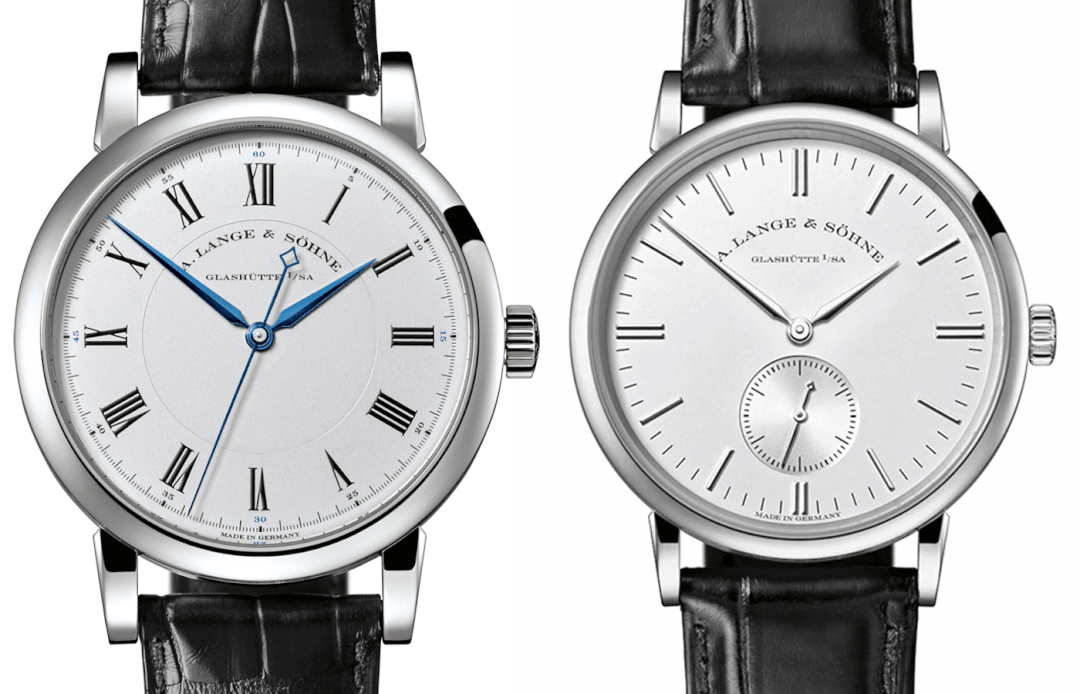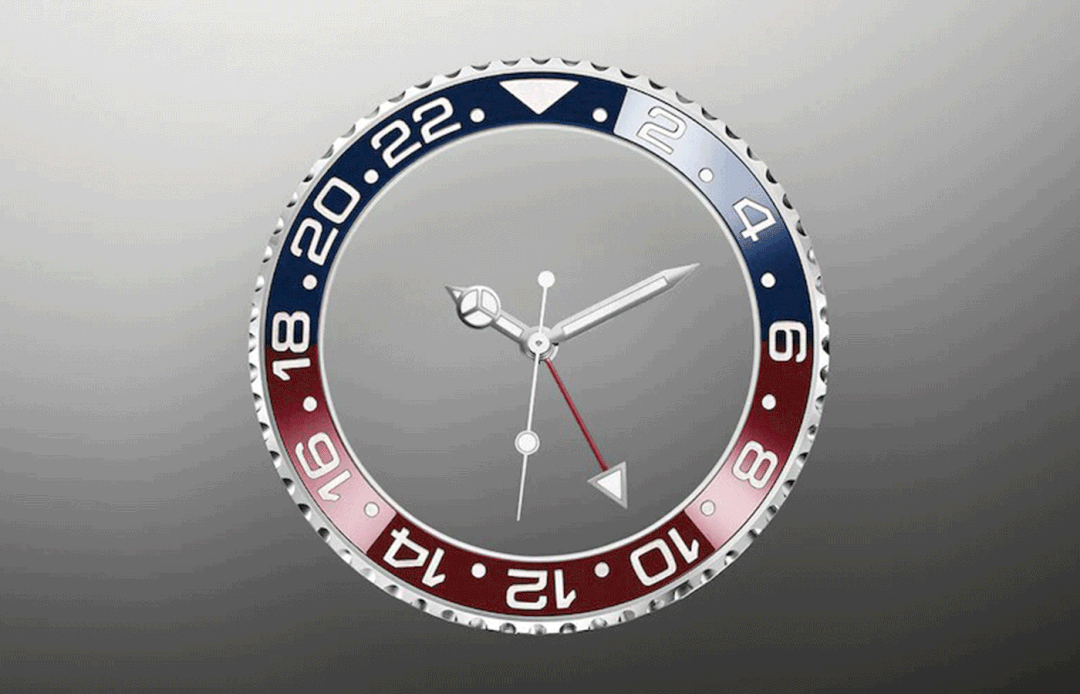About watch terminology
- Share
- From
- network
- publisher
- Yummy
- Issue Time
- Apr 18,2022
Summary
I wonder if you've ever come across this situation: when you want to buy a watch, you find that there are many "terms" or "jargon" to describe the watch.

About watch terminology
I wonder if you've ever come across this situation: when you want to buy a watch, you find that there are many "terms" or "jargon" to describe the watch, which will inevitably cause troubles for beginners of watches. In this article, I will summarize some common wristwatch vocabulary for you, hoping to help beginners. In this article, I summarize some of the more common watch vocabulary for everyone, hoping to help beginner players.
1.Quartz Watch/Mechanical Watch

▲Quartz watches are driven by batteries to keep time

▲Self-winding mechanical movement with oscillating weight on the back

▲ Manual winding mechanical movement
Mechanical watches store power through the barrel inside the movement to drive the time. How to input power? The first way is to manually input kinetic energy to the watch by rotating the crown, which is what we often call manual winding. The second method is automatic winding. Through the shaking of the wrist, the automatic oscillating weight of the watch generates power during the movement.
2.power reserve

▲There are some watches that will set a power reserve display on the dial
The power reserve of a watch is the amount of time the watch can continue to work normally before the mainspring must be wound. For example, a watch has a 72-hour power reserve, which means that the watch can last for 3 days without wearing it. After 3 days, the watch needs to be wound again.
3.Big three needles / small three needles

▲The left is the "big three needles", the right is the "small three needles"
You must have heard the terms "big three needles" and "small three needles". Three hands refer to the hour hand, minute hand and second hand. The size is mainly about the position of the second hand.
The so-called "big three hands" usually means that the three hands are located in the center of the dial. "Small three hands" refers to the fact that the second hand is placed in a separate sub-dial.
Next, let's take a look at the common "basic vocabulary" in the complex functions of watches. The complex function of a watch refers to any function except indicating hours, minutes and seconds. In this article, let's get familiar with several complex functions that are commonly used.
4.Calendar function - full calendar watch / annual calendar watch

A full calendar watch refers to a watch with date, day, and month functions. Calendars are usually displayed through windows or small dials. A full calendar watch needs to be manually adjusted every year in months with fewer than 31 days (i.e. 5 times in February, April, June, September and November.)

The annual calendar watch also has the function of displaying the date, week and month. It's more advanced than "Full Calendar" in that the annual calendar function can accurately identify the number of days in different months, such as 30 days or 31 days. It only needs to be adjusted once a year at the end of February (i.e. from February 28th or 29th to March 1st).
One more thing here, the function of the perpetual calendar watch we often say is very similar to the above two. But the perpetual calendar watch is very advanced and can automatically recognize the big and small months (31 days or 30 days) and February, so there is no need for any adjustment.
5.Time Zone Function - Dual Time/Universal Time


▲Take the Rolex GMT-Master II watch as an example, the red pointer with the triangular arrow is the 24-hour pointer
A dual time watch that can display the time in two time zones at the same time. The traditional hour, minute and second hands can read the local time, and another 24-hour hand is used to read the departure time.
It should also be mentioned here that you may have read some materials to discuss the two time and GMT together. What is GMT? It is the English abbreviation of Greenwich Mean Time. Practically speaking, both times are equivalent to GMT.


▲ Take Patek Philippe 5231J complication timepiece as an example
The world time watch can display the time of multiple major cities in the world at the same time. Normally, the names of 24 cities representing 24 time zones and a 24-hour dial will be displayed on the dial of a Universal Time watch. The central hour and minute hands will display the local time, that is, the time in the time zone of the city at 12 o'clock on the dial.
6.Chronograph function - chronograph

▲Take the Audemars Piguet Royal Oak series automatic winding chronograph as an example
A chronograph is a watch with a timing function, which combines the functions of a stopwatch into a watch. Under normal circumstances, there will be two to three sub-dials on the chronograph dial, showing the hours, minutes and small seconds respectively. The second hand on the dial is the chronograph second hand, which will only run after the timing function is activated.

How to start the timing function? First press the "timing start / pause" button to start timing. Turn the second hand once and move the minute dial once; The minute dial rotates twice, the hour dial moves one grid, and so on. Secondly, press the "timing start / pause" button to stop timing. Finally, press the "timing zero" button, and all timing pointers will be reset to the 12 o'clock position.

In addition to the above, there are often some watch marks (such as COSC, Geneva mark, St. Bernard dog's head...) in the watch, and these marks are the embodiment of the quality of the watch.
It is often said that the world of watches is sophisticated and complicated, but if we can understand how it works, we will find that it is not difficult to enter the world of watches. Do you understand all the basic vocabulary of watches above?
I want to say Goodbye to you again.This concludes today's sharing.Thank you for your support to Window's Clock & Watch CO.,LTD .!